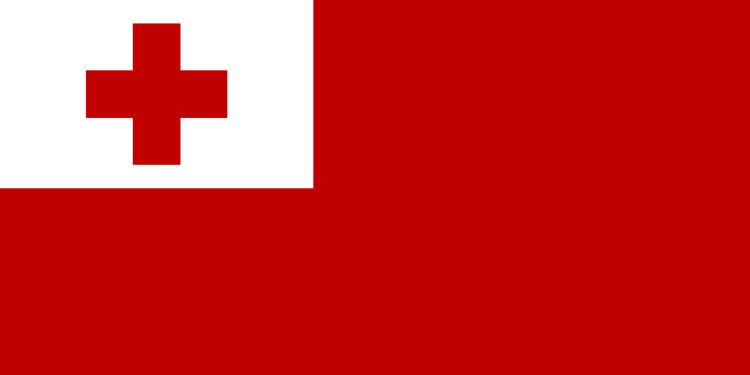Fiscal year 1 July - 30 June Inflation (CPI) 7.7% (2012 est.) Currency Tongan paʻanga Gross domestic product 466.3 million USD (2013) GNI per capita 5,450 PPP dollars (2013) | Trade organisations none Population below poverty line 16% (FY09/10) GDP per capita 4,426.94 USD (2013) GDP growth rate 0.5% annual change (2013) | |
 | ||
GDP rank 187th (nominal) / 183rd (PPP) GDP by sector agriculture: 20.4%, industry: 18.6%, services: 61% (2011 est.) Gross national income 573.9 million PPP dollars (2013) Internet users 35.0% of the population (2013) | ||
Tonga's economy is characterized by a large nonmonetary sector and a heavy dependence on remittances from the half of the country's population that lives abroad, chiefly in Australia, New Zealand, and the United States. Much of the monetary sector of the economy is dominated, if not owned, by the royal family and nobles. This is particularly true of the telecommunications and satellite services. Much of small business, particularly retailing on Tongatapu, is now dominated by recent Chinese immigrants who arrived under a cash-for-passports scheme that ended in 1998.
Contents
Map of Tonga
The manufacturing sector consists of handicrafts and a few other very smallscale industries, all of which contribute only about 3% of GDP. Commercial business activities also are inconspicuous and, to a large extent, are dominated by the same large trading companies found throughout the South Pacific. In September 1974, the country's first commercial trading bank, the Bank of Tonga, opened.
Rural Tongans rely on plantation and subsistence agriculture. Coconuts, vanilla beans, and bananas are the major cash crops. The processing of coconuts into copra and desiccated coconut is the only significant industry. Pigs and poultry are the major types of livestock. Horses are kept for draft purposes, primarily by farmers working their api. More cattle are being raised, and beef imports are declining.
Tonga's development plans emphasize a growing private sector, upgrading agricultural productivity, revitalizing the squash and vanilla bean industries, developing tourism, and improving the island's communications and transportation systems. Substantial progress has been made, but much work remains to be done. A small but growing construction sector is developing in response to the inflow of aid monies and remittances from Tongans abroad. The copra industry is plagued by world prices that have been depressed for years.
Efforts are being made to discover ways to diversify. One hope is seen in fisheries; tests have shown that sufficient skipjack tuna pass through Tongan waters to support a fishing industry. Another potential development activity is exploitation of forests, which cover 35% of the kingdom's land area but are decreasing as land is cleared. Coconut trees past their prime bearing years also provide a potential source of lumber.
The tourist industry is relatively undeveloped; however, the government recognizes that tourism can play a major role in economic development, and efforts are being made to increase this source of revenue. Cruise ships often stop in Nukuʻalofa and Vava'u.
According to the CIA World Factbook,
Energy
Electricity - production: 53 GW·h (2008)
Electricity - production by source:
Electricity - consumption: 38,13 GW·h (2003)
Electricity - exports: 0 kW·h (2003)
Electricity - imports: 0 kW·h (2003)
Tonga is installing tailor-made policies to power its remote islands in a sustainable way – without turning to expensive grid-extensions. A number of islands within the Kingdom of Tonga are lacking basic electricity supply. In view of the decreasing reliability of fossil-fuel electricity generation, its increasing costs and negative environmental side-effects, renewable energy solutions have attracted the government’s attention. Together with IRENA, Tonga has charted out a renewable energy based strategy to power the main and outer islands alike. The strategy focuses on Solar Home Systems that turn individual households into small power plants. In addition, it calls for the involvement of local operators, finance institutions and technicians to provide sustainable business models as well as strategies to ensure the effective operation, management and maintenance once the systems are installed.
Other data
Agriculture - products: squash, coconuts, copra, bananas, vanilla beans, cocoa, coffee, ginger, black pepper; fish
Currency: 1 pa'anga (T$) = 100 seniti
Exchange rates: pa'anga (T$) per US$1 – 1.9716 (2004), 2.142 (2003), 2.1952 (2002), 2.1236 (2001), 1.6250 (November 1999), 1.4921 (1998), 1.2635 (1997), 1.2323 (1996), 1.2709 (1995)
